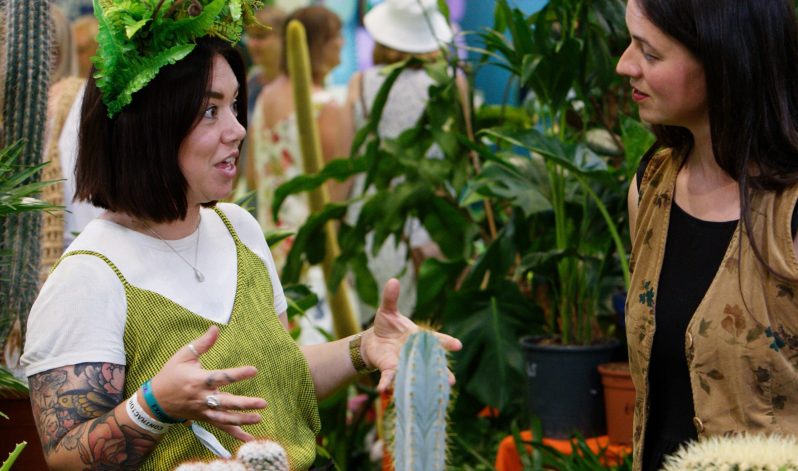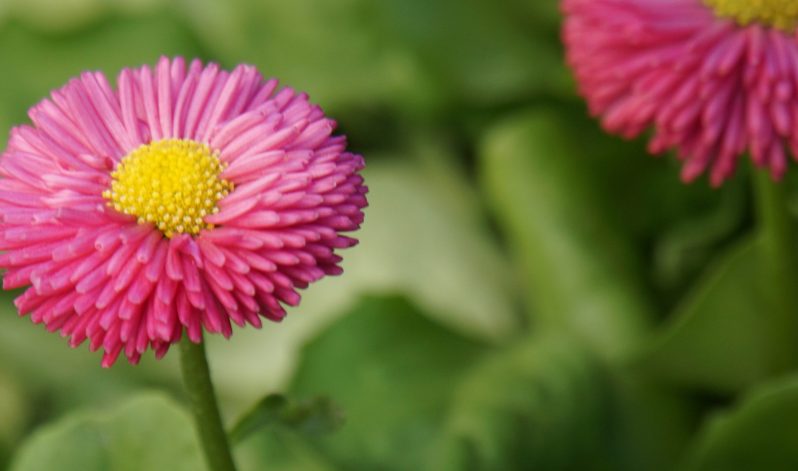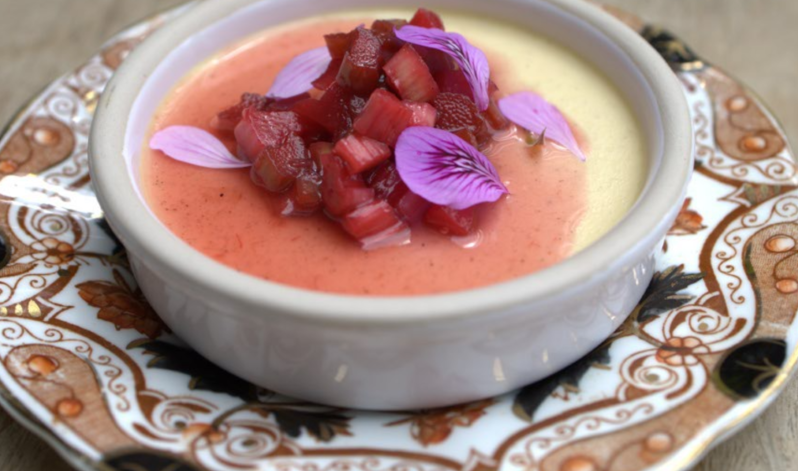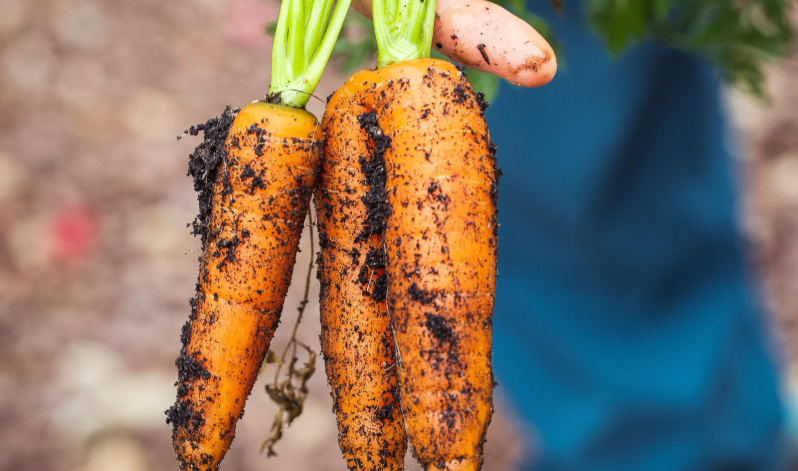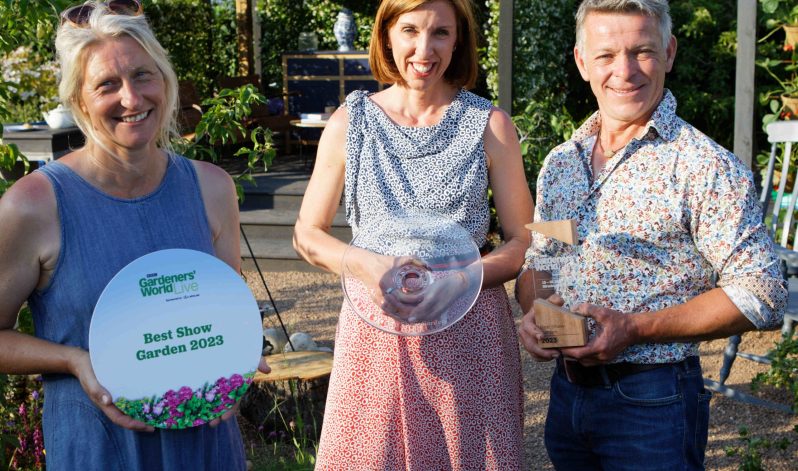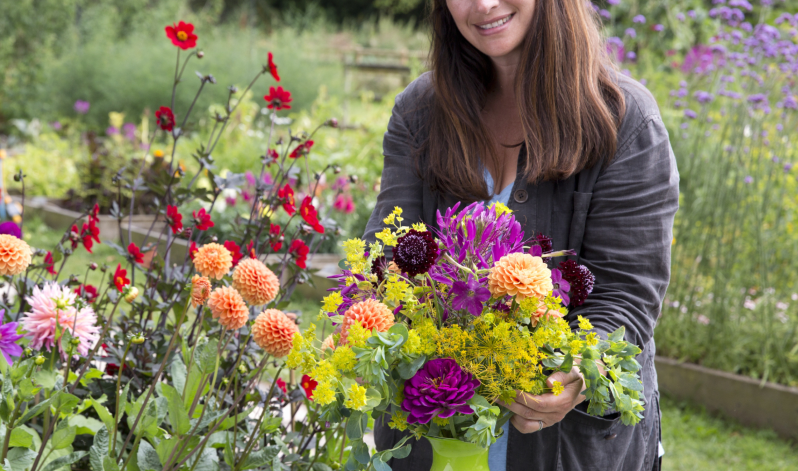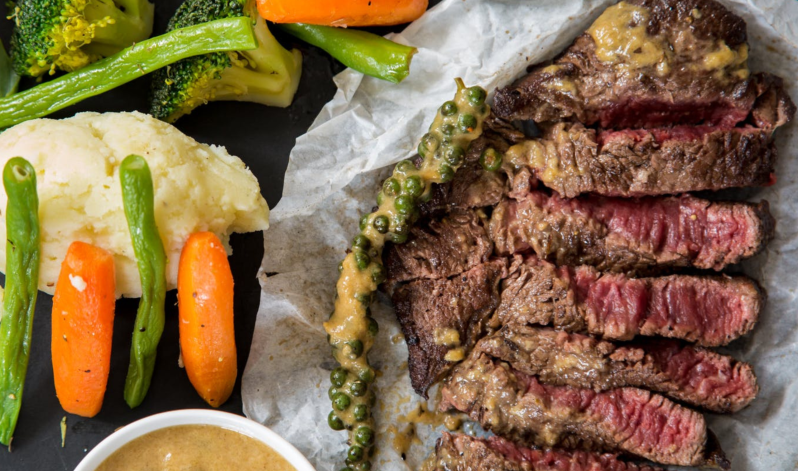Apr 12, 2024
0 comment
Top 10 must-have house plant
Looking to add a touch of green to your home that you’ll love for years to come? Look no further!
The House Plant Market at BBC Gardeners’ World Live will be awash with a wide variety of indoor plants to browse and buy. We’ve teamed up with Mint Plants, a regular exhibitor in the House Plant Market, to create the ultimate guide of the best house plants to give a green fingered loved one. From the heart-leaf fern (Hemionitis) to the delicate pink of the Polka Dot Plant (Hypoeste), these plants are sure to bring happiness and vibrancy into your home. So, let’s dive in and discover the perfect botanical companions!
1. Agalonema
A very easy houseplant , which was particularly popular in offices in the 1970s and 1980s. Agalonema will tolerate lower light and long periods of drought – perfect for those wanting a splash of gorgeous colour without too much maintenance!
Find out more
2. Dieffenbachia
A beautiful large leaf tropical plant, loves super bright light. Happy to go dry inbetween waterings too, making it a lovely addition to those brighter spots in the home
Find out more
3. Dracaena
An absolute staple in the houseplant world, and very easy. Forms a chunky stem as it grows and happy to go long periods without repotting, making it a very easy plant
Find out more
4. Ficus Ruby
Another easy plant with stunning variegation for those looking for something a little different. The rubber plant loves to go completely dry between waterings, and prefers bright light, making it a good plant for those hotter but drier spots in the home.
Find out more
5. Hemionitis (heart leaf fern)
Hemionitis (heart leaf fern) is a ridiculously adorable little fern, producing textured heart shaped leaves on long fuzzy stems. It is hard not to fall for this one.
Find out more
6. Homalomena Maggy
An underrated plant with deep burgundy stems and stunning glossy heart shaped leaves.
These are a little like a peace lily in that they will flop when they are thirsty, making them a very understandable plant!
Find out more
7. Hoya Carnosa
Another variegated plant we think is ridiculously beautiful, and much easier than your variegated philodendrons and alocasias.And the Hoya is so easy! Much like the ficus, it prefers bright light, but is happy to go completely dry between waterings
Find out more
8. Hypoeste
This little beauty is commonly known as the polkadot plant for its spotted foliage. It loves moisture, so is perfect for the overwaterers in your life!
Find out more
9. Philodendron: Brasil
Aka heart leaf pothos – comes in multiple beautiful varieties but our favourites are those with bright yellow variegation. The brasil is an absolute classic, with random, striped variegation across the whole leaf. And the micans lime is a newer variety with completely yellow leaves. They require moderately bright light to keep the yellow colouring strong, but are very easy to keep as they prefer to go completely dry in between waterings.
Find out more
10. Philodendron: Lime
The micans lime is a newer variety with completely yellow leaves. Each require moderately bright light to keep the yellow colouring strong, but are very easy to keep as they prefer to go completely dry in between waterings.
Find out more
/*! elementor - v3.19.0 - 07-02-2024 */
.elementor-widget-divider{--divider-border-style:none;--divider-border-width:1px;--divider-color:#0c0d0e;--divider-icon-size:20px;--divider-element-spacing:10px;--divider-pattern-height:24px;--divider-pattern-size:20px;--divider-pattern-url:none;--divider-pattern-repeat:repeat-x}.elementor-widget-divider .elementor-divider{display:flex}.elementor-widget-divider .elementor-divider__text{font-size:15px;line-height:1;max-width:95%}.elementor-widget-divider .elementor-divider__element{margin:0 var(--divider-element-spacing);flex-shrink:0}.elementor-widget-divider .elementor-icon{font-size:var(--divider-icon-size)}.elementor-widget-divider .elementor-divider-separator{display:flex;margin:0;direction:ltr}.elementor-widget-divider--view-line_icon .elementor-divider-separator,.elementor-widget-divider--view-line_text .elementor-divider-separator{align-items:center}.elementor-widget-divider--view-line_icon .elementor-divider-separator:after,.elementor-widget-divider--view-line_icon .elementor-divider-separator:before,.elementor-widget-divider--view-line_text .elementor-divider-separator:after,.elementor-widget-divider--view-line_text .elementor-divider-separator:before{display:block;content:"";border-block-end:0;flex-grow:1;border-block-start:var(--divider-border-width) var(--divider-border-style) var(--divider-color)}.elementor-widget-divider--element-align-left .elementor-divider .elementor-divider-separator>.elementor-divider__svg:first-of-type{flex-grow:0;flex-shrink:100}.elementor-widget-divider--element-align-left .elementor-divider-separator:before{content:none}.elementor-widget-divider--element-align-left .elementor-divider__element{margin-left:0}.elementor-widget-divider--element-align-right .elementor-divider .elementor-divider-separator>.elementor-divider__svg:last-of-type{flex-grow:0;flex-shrink:100}.elementor-widget-divider--element-align-right .elementor-divider-separator:after{content:none}.elementor-widget-divider--element-align-right .elementor-divider__element{margin-right:0}.elementor-widget-divider--element-align-start .elementor-divider .elementor-divider-separator>.elementor-divider__svg:first-of-type{flex-grow:0;flex-shrink:100}.elementor-widget-divider--element-align-start .elementor-divider-separator:before{content:none}.elementor-widget-divider--element-align-start .elementor-divider__element{margin-inline-start:0}.elementor-widget-divider--element-align-end .elementor-divider .elementor-divider-separator>.elementor-divider__svg:last-of-type{flex-grow:0;flex-shrink:100}.elementor-widget-divider--element-align-end .elementor-divider-separator:after{content:none}.elementor-widget-divider--element-align-end .elementor-divider__element{margin-inline-end:0}.elementor-widget-divider:not(.elementor-widget-divider--view-line_text):not(.elementor-widget-divider--view-line_icon) .elementor-divider-separator{border-block-start:var(--divider-border-width) var(--divider-border-style) var(--divider-color)}.elementor-widget-divider--separator-type-pattern{--divider-border-style:none}.elementor-widget-divider--separator-type-pattern.elementor-widget-divider--view-line .elementor-divider-separator,.elementor-widget-divider--separator-type-pattern:not(.elementor-widget-divider--view-line) .elementor-divider-separator:after,.elementor-widget-divider--separator-type-pattern:not(.elementor-widget-divider--view-line) .elementor-divider-separator:before,.elementor-widget-divider--separator-type-pattern:not([class*=elementor-widget-divider--view]) .elementor-divider-separator{width:100%;min-height:var(--divider-pattern-height);-webkit-mask-size:var(--divider-pattern-size) 100%;mask-size:var(--divider-pattern-size) 100%;-webkit-mask-repeat:var(--divider-pattern-repeat);mask-repeat:var(--divider-pattern-repeat);background-color:var(--divider-color);-webkit-mask-image:var(--divider-pattern-url);mask-image:var(--divider-pattern-url)}.elementor-widget-divider--no-spacing{--divider-pattern-size:auto}.elementor-widget-divider--bg-round{--divider-pattern-repeat:round}.rtl .elementor-widget-divider .elementor-divider__text{direction:rtl}.e-con-inner>.elementor-widget-divider,.e-con>.elementor-widget-divider{width:var(--container-widget-width,100%);--flex-grow:var(--container-widget-flex-grow)}
Even more plants to buy…
Find 1000s of plants to browse and buy at the BBC Gardeners’ World events. Book your day out, now, and get ready to tick off your whole shopping list!BBC Gardeners’ World Live, 13-16 June at Birmingham’s NECBBC Gardeners’ World Spring Fair, 3-5 May, Beaulieu HampshireBBC Gardeners’ World Autumn Fair, 30 Aug-1 Sept, Audley End House & Garden, Essex (on sale March)
BBC Gardeners' World LIVE TICKETS
spring fair tickets
/*! elementor - v3.19.0 - 07-02-2024 */
.elementor-widget-image-carousel .swiper,.elementor-widget-image-carousel .swiper-container{position:static}.elementor-widget-image-carousel .swiper-container .swiper-slide figure,.elementor-widget-image-carousel .swiper .swiper-slide figure{line-height:inherit}.elementor-widget-image-carousel .swiper-slide{text-align:center}.elementor-image-carousel-wrapper:not(.swiper-container-initialized):not(.swiper-initialized) .swiper-slide{max-width:calc(100% / var(--e-image-carousel-slides-to-show, 3))}


